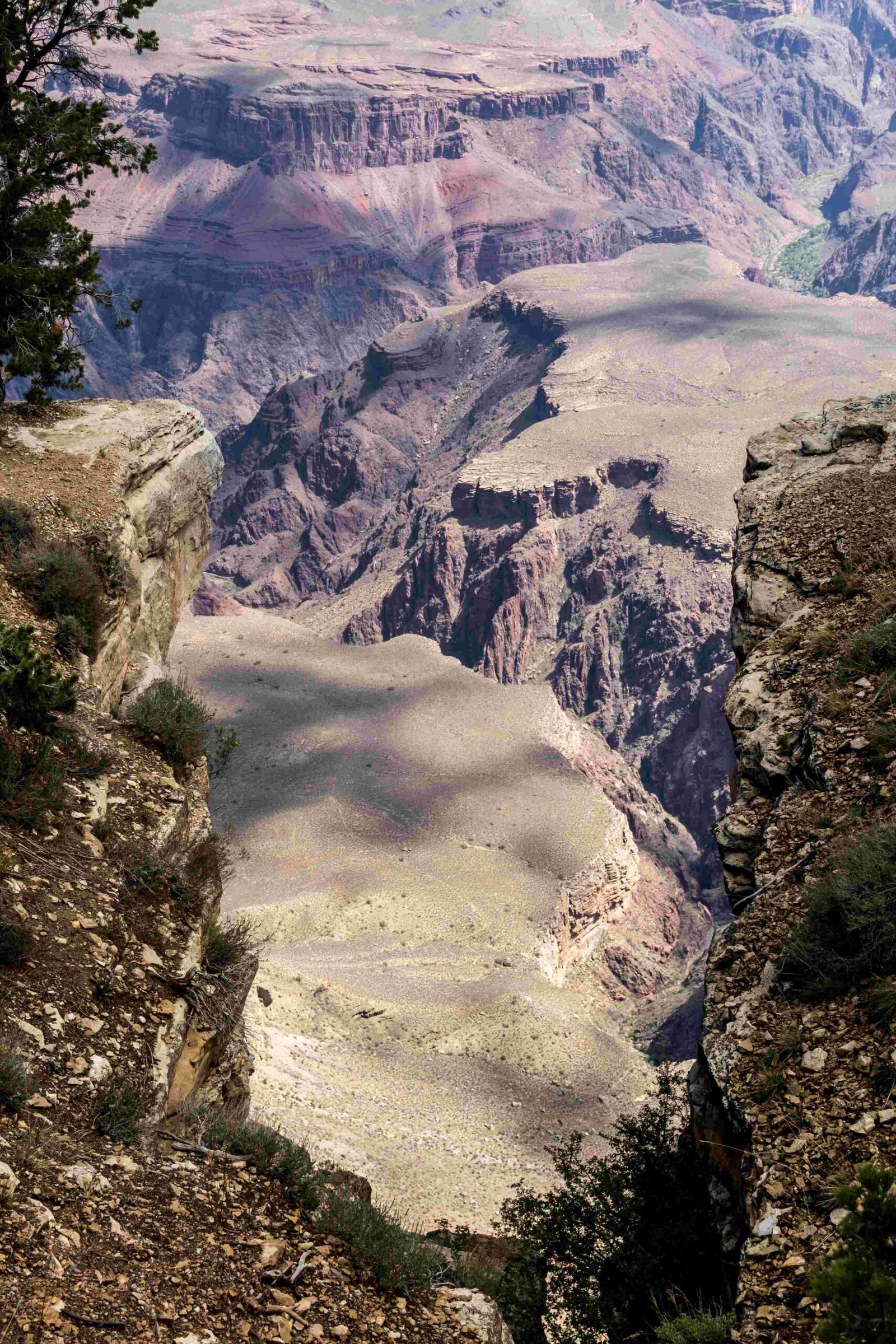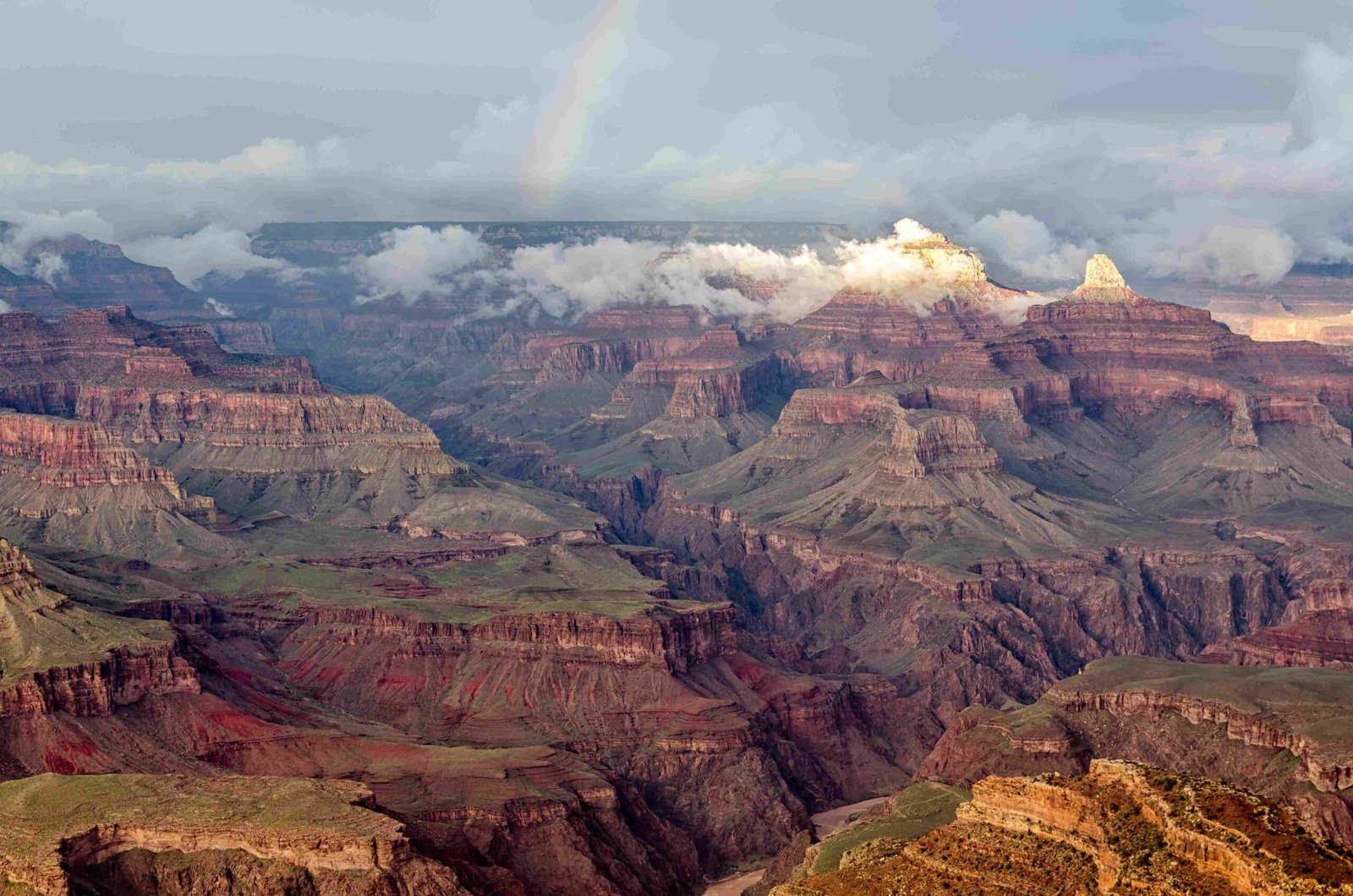The Grand Canyon represents more than a geological marvel; it’s a living cultural landscape where Native American tribes have maintained deep spiritual and historical connections for thousands of years. This sacred terrain embodies complex traditions, archaeological remnants, and intricate storytelling practices that reveal the profound relationship between indigenous peoples and this extraordinary natural wonder.
What Makes the Grand Canyon Culture Unique?

The Grand Canyon culture is a multifaceted narrative of human interaction with landscape, spirituality, and survival. Different tribes have developed distinctive relationships with this environment, each contributing unique perspectives and traditions.
Who Are the Primary Native Tribes of the Grand Canyon?
| Tribe | Cultural Significance | Key Traditions |
|---|---|---|
| Hopi | Spiritual emergence point | Snake Dance, ancestral ceremonies |
| Havasupai | Water-centered culture | Sacred waterfall rituals |
| Hualapai | Storytelling tradition | Bird Singer performances |
| Navajo | Complex ceremonial practices | Night chants, weaving |
What Archaeological Evidence Reveals About Grand Canyon Culture?
Archaeological sites provide remarkable insights into human occupation and cultural practices:
- Anasazi Granary: Ancient food storage facilities carved into Redwall Limestone
- Split Twig Figurines: 4,000-year-old twig artifacts indicating earliest human presence
- Indian Garden: Historical farming and resting area for Native tribes
How Do Native Tribes Preserve Their Cultural Heritage?
Native American tribes maintain their cultural heritage through:
- Oral Storytelling: Transmitting historical narratives across generations
- Traditional Ceremonies: Performing sacred rituals connecting them to the land
- Artistic Expressions:
- Intricate pottery
- Complex silverwork
- Detailed petroglyphs and pictographs
What Challenges Do Native Cultures Face in the Grand Canyon?
Cultural preservation confronts several challenges:
- Limited accessibility to sacred sites
- Potential cultural erosion
- Tourism impact
- Maintaining traditional practices in modern contexts
How Can Visitors Respectfully Experience Grand Canyon Culture?
Visitors can engage with Grand Canyon culture through:
- Guided cultural tours
- Attending tribal demonstrations
- Purchasing authentic indigenous artwork
- Participating in educational programs
- Respecting sacred sites and tribal guidelines
What Spiritual Significance Does the Grand Canyon Hold?
For Native American tribes, the Grand Canyon transcends a physical landscape. It represents:
- A spiritual homeland
- An ancestral connection point
- A sacred geographical entity
- A living cultural museum
Why Is Preserving Grand Canyon Culture Important?
Preserving Grand Canyon culture ensures:
- Continuation of indigenous knowledge
- Protection of historical narratives
- Maintaining ecological understanding
- Honoring ancestral wisdom
- Supporting cultural diversity
Conclusion

The Grand Canyon culture represents a complex, living tapestry of human experience, resilience, and spiritual connection. By understanding and respecting these rich traditions, we gain profound insights into humanity’s relationship with extraordinary landscapes.

